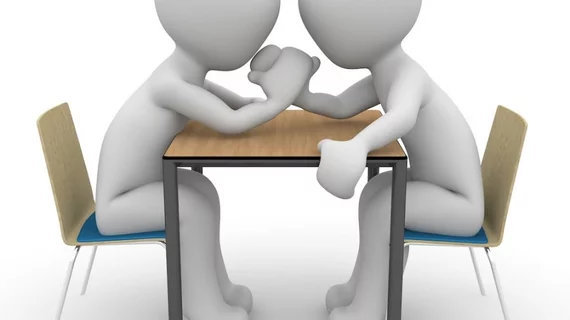'Both positive and promising': RadiOlympics competition well received by med students
Could a national radiology competition catered specifically to medical students help increase their interest in pursuing the field as a career?
This is exactly what a group of experts recently sought to find out when they created the RadiOlympics competition and invited programs from across the country to participate not only in the competition itself, but in its development as well.
Details of the RadiOlympics and its resultant impact on participants’ knowledge and perceptions of radiology were shared recently in Academic Radiology.
The competition was created with the intention of addressing knowledge gaps relative to the field of radiology among medical students. Corresponding author of the new paper Max J. Goodman, BS, with the Medical College of Wisconsin, and co-authors explained that there is a lack of radiology exposure during medical school, noting that only 10%-25% of programs require radiology rotations.
“Imaging is essential to modern medical practice. Radiology exposure, however, is often limited in medical school curriculums,” the group wrote.
The group proposed that medical students might be more likely to engage in radiology education if they were exposed to the specialty via a competition. This led to the birth of the RadiOlympics—the first known national medical student radiology competition in the United States.
Experts first created a draft of the competition and sent it to medical schools throughout the U.S. Programs were invited to offer suggestions and submit questions of their own, which were approved by faculty.
The end result was a four month period consisting of seven rounds of five questions each and a final round of 10 questions. Sixteen clubs participated, resulting in around 187 medical students per round.
Once the competition had wrapped up, participants were surveyed on their experiences. Results were positive overall and suggested that the RadiOlympics offered its participants greater knowledge and confidence in interpreting imaging studies.
While the competition did not appear to increase participants' interest in pursuing a career in radiology, the responses indicated that the students did endorse more exposure to the field during medical school.
The authors described the responses to the RadiOlympics as “both positive and promising.”
To learn more, click here.

